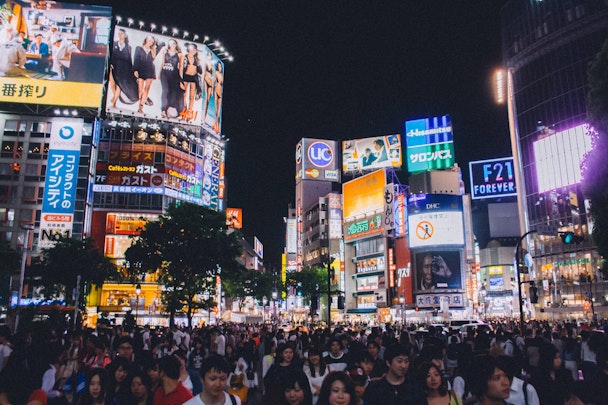Thailand’s online environment deemed safest for brand safety and viewability, says Integral Ad Science
Thailand has emerged as the safest online environment for brands according to Integral Ad Science’s (IAS) media quality benchmark data for the second half of 2016.

Thailand offers safest environment for brands according to IAS
The data was collected from impressions analysed in the second half of 2016 from Indonesia, Malaysia, Philippines, Singapore, Thailand and Vietnam. This follows the brand safety crisis with Google that saw major brands pull ad spend from the search giant.
IAS’s brand risk metrics characterise the safety of the environment in which ads appear, with impressions flagged for appearing alongside content such as adult content, alcohol content, hate speech, illegal downloads, illegal drugs, offensive language, and violence.

Thailand’s online environment held the lowest risk for brand safety in Southeast Asia, with only 1.6% of display and 2.2% of video ad impressions appearing on unsafe websites. Singapore came in second, with only 2.7% of display ads and 4.6% of video ads displayed on unsafe websites.
In contrast, Indonesia’s video ads held the highest risk with 15.3% ad impressions appearing next to unsafe content, and its display ads came in at 5%, the second highest risk in the region after Malaysia. Vietnam was a close second in video brand safety risk with 13.2% of its video ads flagged as a risk to brands, but its display ads risk came in relatively lower at 4.2%. Malaysia led for display ad safety risk at 6.7% and video ads brand safety was also relatively high at 7.1%.
Philippines’ video ads faced a high risk to brand safety, with 8.6% of ad inventories featuring against unsafe content, and display ads risk coming in at 4.4%.
“Southeast Asia data revealed that a majority of sites flagged for brand risk were illegal file sharing sites. With the current socio-political environment, brands should more than ever be vigilant about where their ads appear,” said Niall Hogan, managing director, Integral Ad Science, Southeast Asia
“The global average for digital video advertisements recently decreased from 11.2% in the first six months of 2016 to 8.9% in the latter half of 2016. However with the advent of fake news and the increase in violent and extremist content, brand safety remains a critical issue for advertisers, underscoring the need for a solution to protect brand reputations,” he added.
As for the viewability front, IAS has measured viewability based on the MRC standard, and believes there is opportunity for improvement across the region. IAS has seen four countries exceed the US’ viewability of display ads (53%) and video ads (58.2%).

Thailand continue to stay on top with the highest rate of viewable ads in both video (61.7%) and display (63.3%). Singapore on the other hand had the region’s worst video viewability at 37.6%, however its display viewabilty was above global average at 56.3%.
Vietnam reigned supreme in video viewability at 75.2%, highest in the region, but display viewability was lowest at 46.3%. interestingly enough, Indonesia beat the global average for video (55.3%) and display (58.7%) ad viewability. Malaysia was the only country that both video (45.2%) and display (55.3%) ad viewability was lower than the global average. In the Philippines display ad viewability was high at 60.9% while video ads performed poorly at 41.4%.
“These benchmarks provide a clear picture of the challenges brands are facing in Southeast Asia and highlight the need to optimise campaigns for greater performance to improve advertising effectiveness. There needs to be a collective push from every player in the advertising ecosystem to demand greater transparency, especially pertaining to brand risk,” said Hogan.

